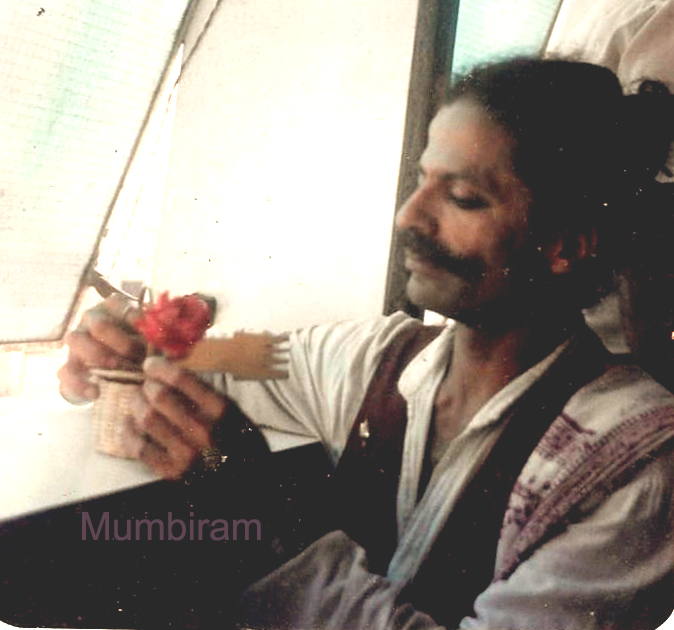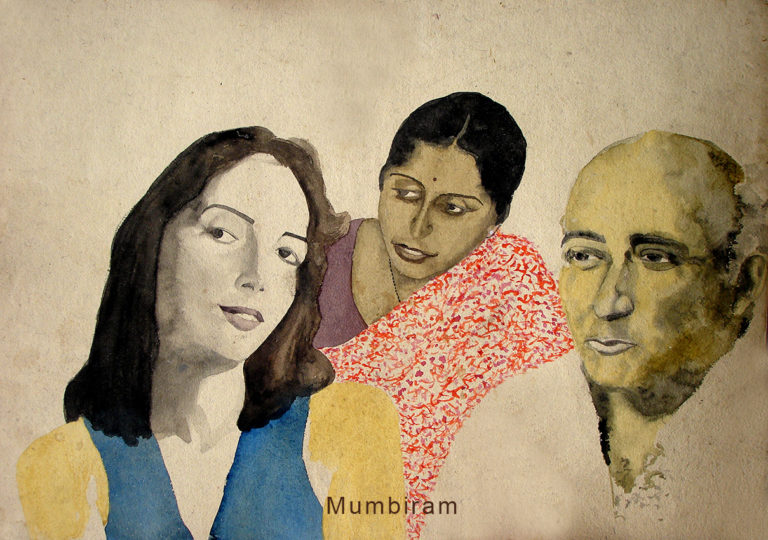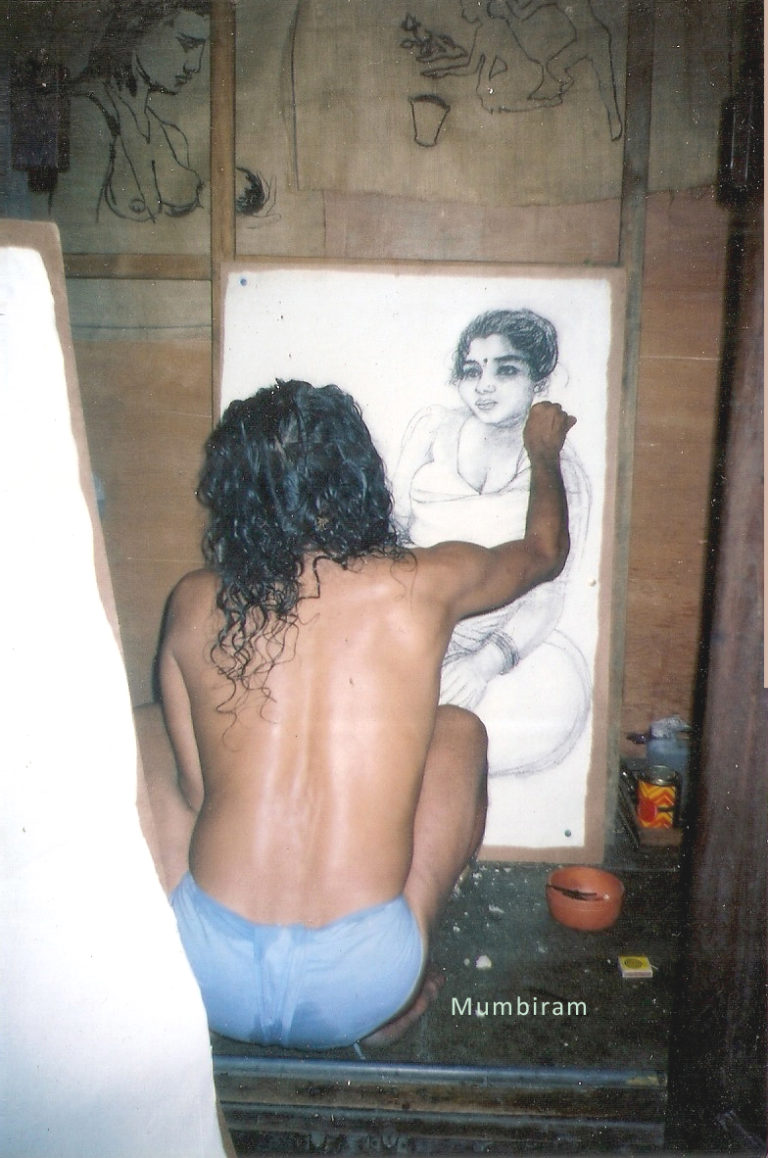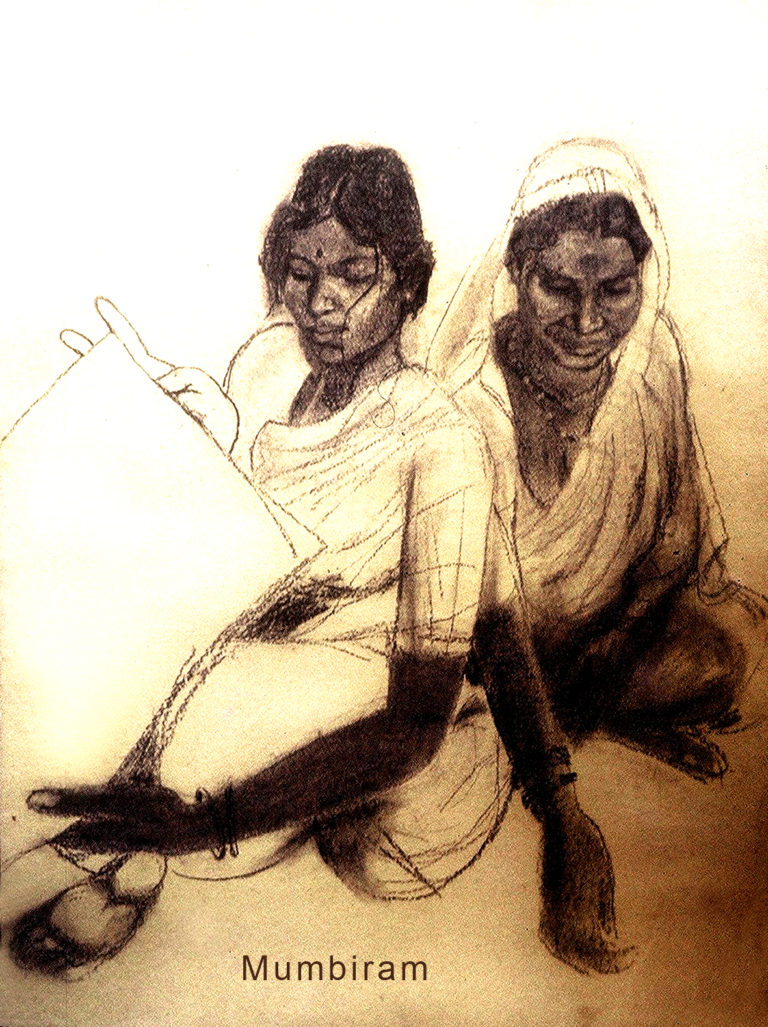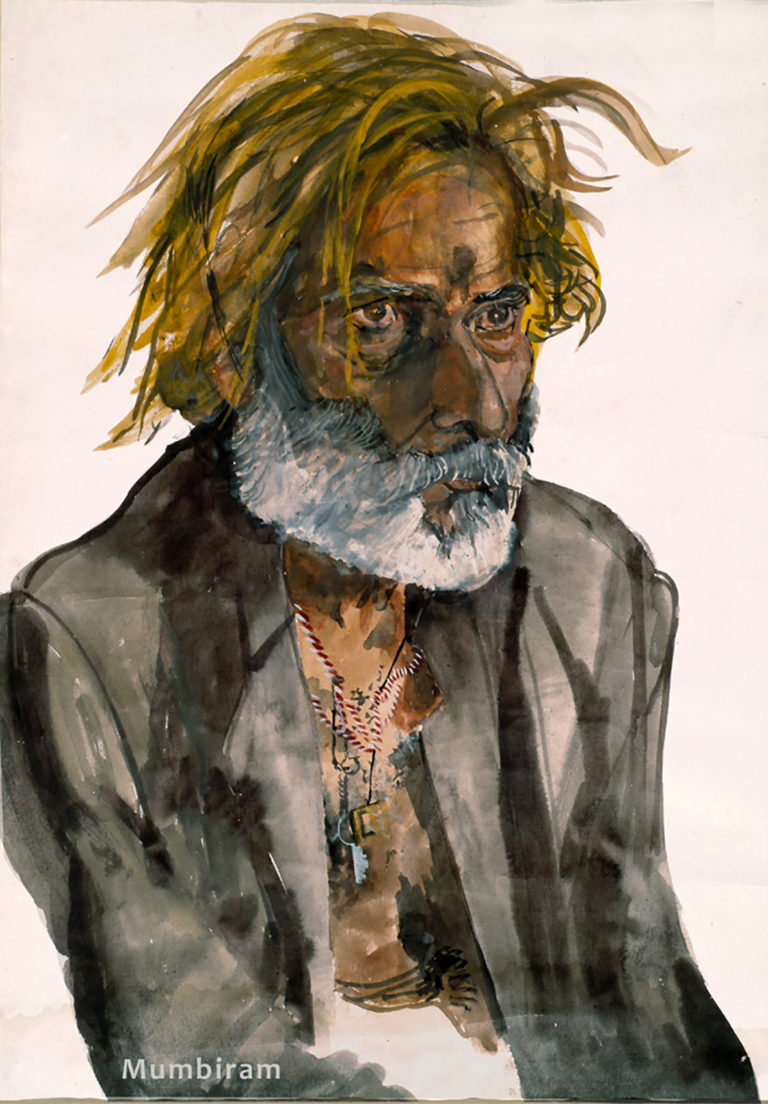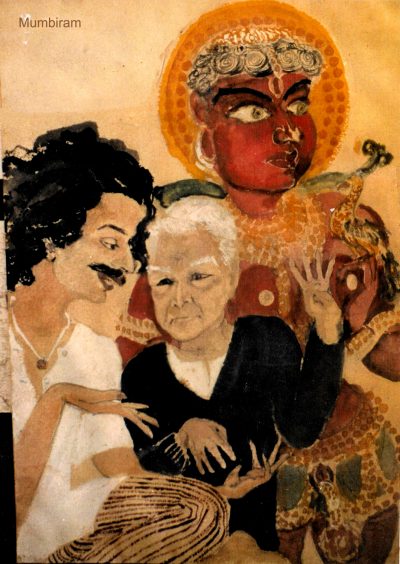
The house where the poet “Adnyatvasi” lived was not more than two hundred meters away from the house where Mumbiram was born and raised near the Mandai market in Pune. During every Divali season, the poet made an exhibition of his private collection of ornate brass lamps that were used during the height of the glorious Peshwa period of Pune. Some years, there was also a miniature replica of a hill fort (Killa), made famous by Shivaji Maharaj. There was a small entrance fee that a child could easily afford. In the years that followed, the poet was forgotten, but the man with the collection of brass lamps became renowned as the founder of the “Raja Dinkar Kelkar Museum”, which boasted a collection of over 15 000 household art objects, musical instruments, costumes etc., besides brass lamps.
Mumbiram shared many personal traits with Shri Kelkar. Shri Kelkar was inspired to acquire art objects that few others even considered to be collectible art objects. He was an amateur, but was more determined and steadfast than any professional collector. He had to go through times of financial hardships that he brought on himself on account of his passion for art collection. Once Kelkarji shared an anecdote with Mumbiram. His mother-in-law wore many gold ornaments on her person. Kelkarji offered to get those ornaments polished from a goldsmith. The old lady was nearly totally blind, but she trusted her son-in-law and parted with all her gold ornaments. Her son-in-law was in great need of cash to clinch an attractive deal to buy some rare cache of art objects. So he cashed in the gold of the real ornaments and replaced them with fake brass ornaments, and nobody was the wiser.
When Mumbiram was back from America he made his atelier in the same old house where he was born and raised. It was inevitable that the inspired art collector and the inspired artist should meet. Dr. Kelkar was immensely impressed with the spirit that Mumbiram exuded. It was almost certain that Dr. Kelkar was aware of artist Godbole, who ruled the art scene of Pune as the secretary of the Bombay art society in the 1930´s and 40´s. It was equally certain that he knew of Mumbiram´s father, advocate Ramdas Paranjpe, who had been the mayor of the town and the chairman of the Bharatiya Kala Prasarini Sabha of Pune. Neither Dr. Kelkar nor Mumbiram ever mentioned these connections. Yet Dr. Kelkar had mused over the possibility that somebody like Mumbiram would take over the reins of his museum after him. It was around this time, in the 1980´s, that a larger-than-life-size wooden image of the buxom goddess Meenakshi arrived from southern India to be part of the collection of the Raja Kelkar Museum. Everyone was excited over this new eye-catching arrival. By now, Dr. Mumbiram and Dr. Kelkar had become good friends. Dr. Kelkar asked Mumbiram if he would undertake to touch up the painted figure of Meenakshi that was losing its original paint at many places. Mumbiram hesitated, because he was not sure if antique paintings or sculptures should be interfered in any way for fear of altering their historical antiquity. Dr. Kelkar assured Mumbiram that there was hardly any object in his collection that he had acquired for its precise historical significance. He was interested in acquiring everyday objects that were part of folk culture.
So, over the next several days, Mumbiram had an ´affair´ of sorts with the ´fish-eyed´ Meenakshi that exuded a very unique exotically sensuous beauty. Men and women that were on the staff of the museum inquired about Meenakshi´s health and happiness when they ran into Mumbiram. When the task was completed, Dr. Kelkar had a little ´heart to heart´ talk with Mumbiram. “You have lived in the west, and you have visited famous museums in big cities of America. Therefore I ask you, in your estimate, for what price such a piece would be traded in the art market?” Mumbiram´s reply was immediate and unequivocal, “That would depend upon who is selling it to whom.” It was a profound answer that surprised even the veteran art collector.
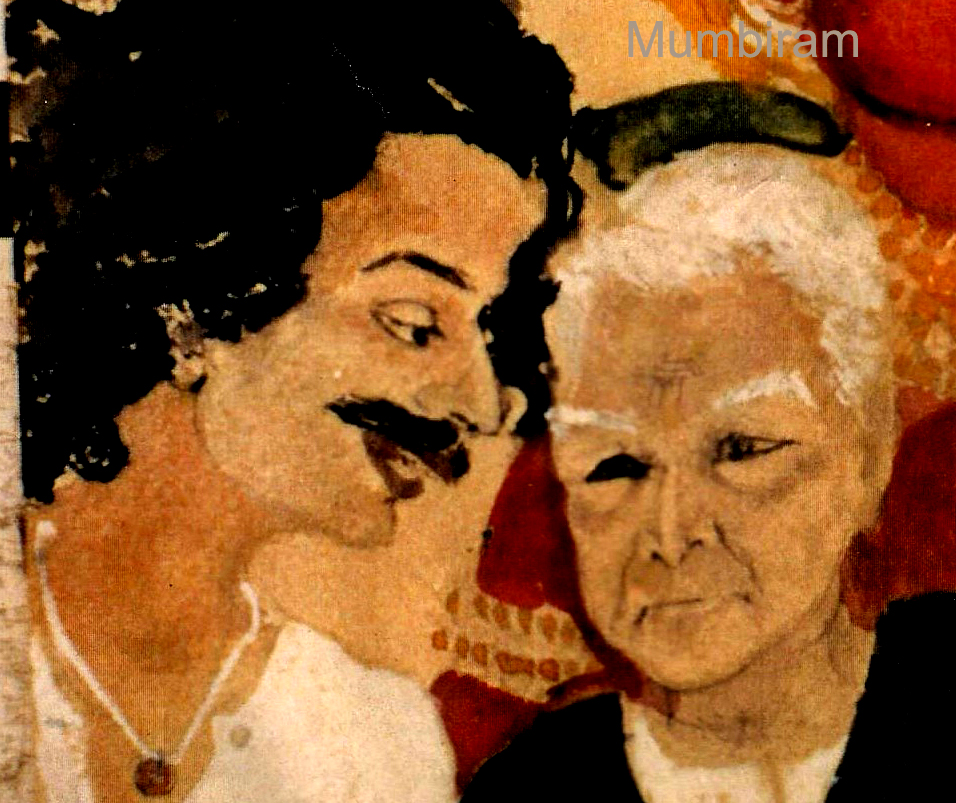
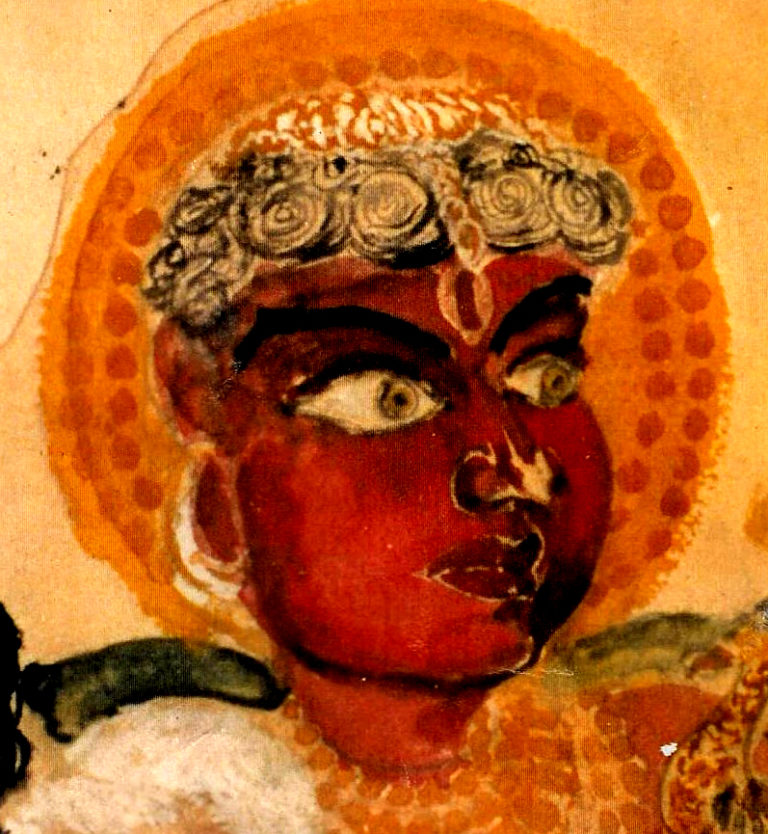
The little painting that Mumbiram rendered about this incident shows this brief exchange between “The Artist and the Art Collector”. Mumbiram has shown not only Meenakshi, but also Dr. Kelkar and himself in great accuracy. This painting is a statement, even a tribute to the diverse approaches to Art that these two men represented. During that period of Mumbiram´s artistic journey, he has surprised everybody with detailed accurate portraits, even group portraits, that were rendered entirely from memory. The portrait of architect politician Herr Spitzner of Regensburg in Bavaria, along with Mumbiram´s cousin Sudhir Adhyankar, along with their spouses, was another such wonder.
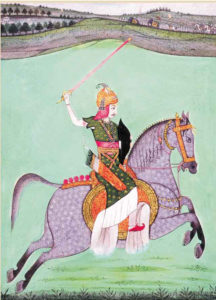
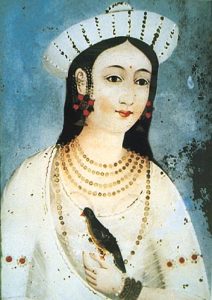
In Rasa Theory, all objects and entities that are arousing Rasas in the personalities associated with a work of Art are called “alambana”. In the context of Mumbiram`s “Personalism”, all the objects in Dr.Kelkar`s museum were candidates in the “alambana” category. There were notable exceptions. There was a very authentic looking miniature painting showing Peshwa Bajirao galloping on the horseback with a weapon raised in his right arm. Then there was a painting on glass purportedly representing Bajirao`s beloved Mastani. Interestingly, there was also a tableau showing Krishna washing the feet of Sudama his childhood friend from guru Sandipani´s ashram.
Mumbiram shared with Bajirao and Mastani a common thread. Mumbiram was rebelling against the practice of arranged marriages. He found it against his idea of the aesthetic of the meeting of two people who are to share their lives together. He also was passionate about alliances that cross over the borders of race, nationality, caste and religion. Mumbiram´s mother and her side of relatives were strictly opposing these views. This has caused much unnecessary suffering to Mumbiram and the young women who would have happily entered into lovely matrimony with this artist.
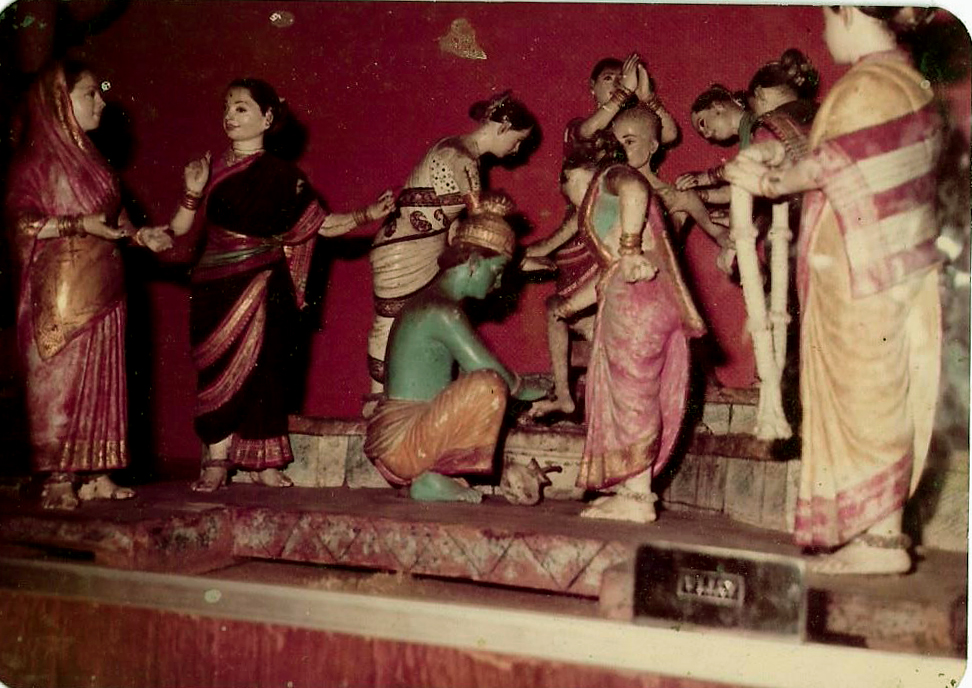
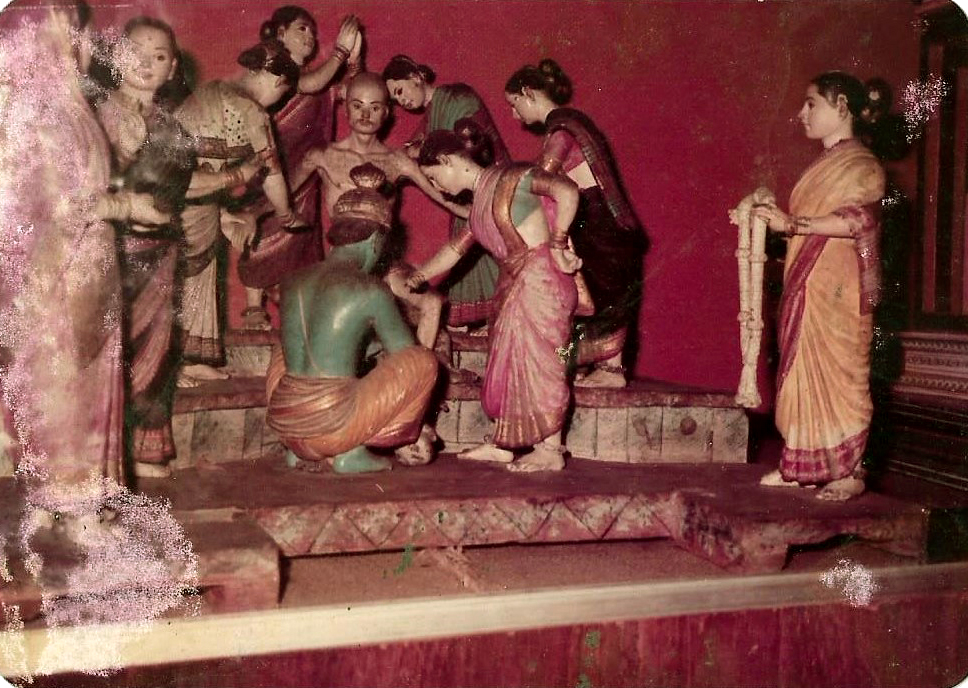
And Krishna was Mumbiram´s all-time hero. Mumbiram was named Dhananjay, which is a famous name of Arjuna, Krishna´s cousin, brother-in-law and best friend to whom the Bhagavad Gita was spoken. Mumbiram was especially fascinated by Krishna´s friendship with the Brahmin boy Sudama. They had been together at Guru Sandipani´s Ashram as boys. Krishna remembered their days at the Guru´s Ashram and behaved with utmost grace when Sudama came visiting many years later. Mumbiram has written a very lively account of that meeting that Mumbiram gives as loving gift to special friends.
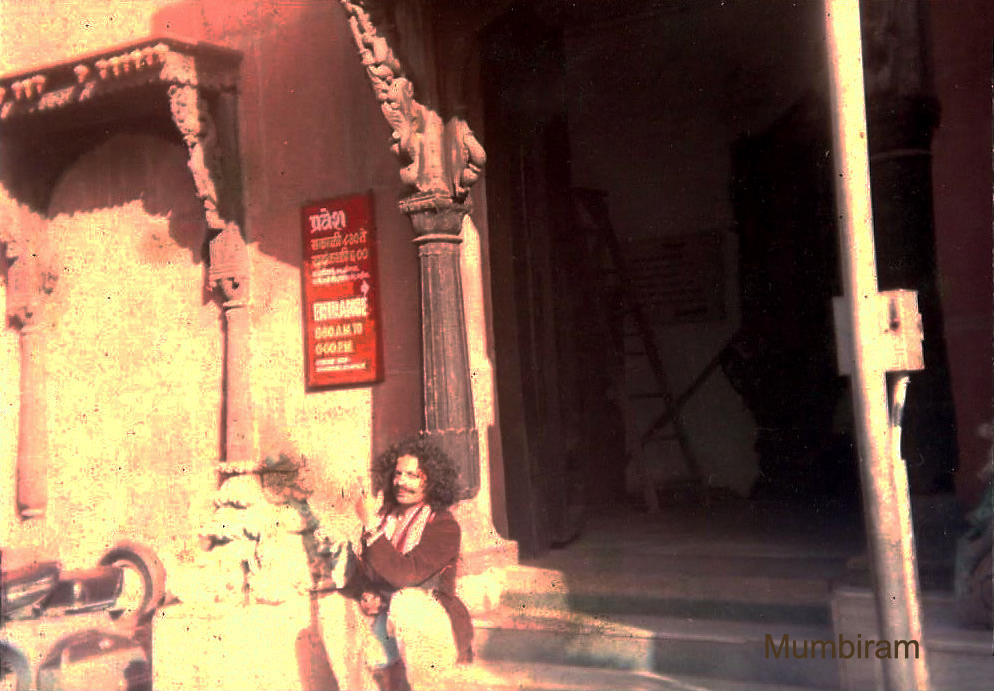
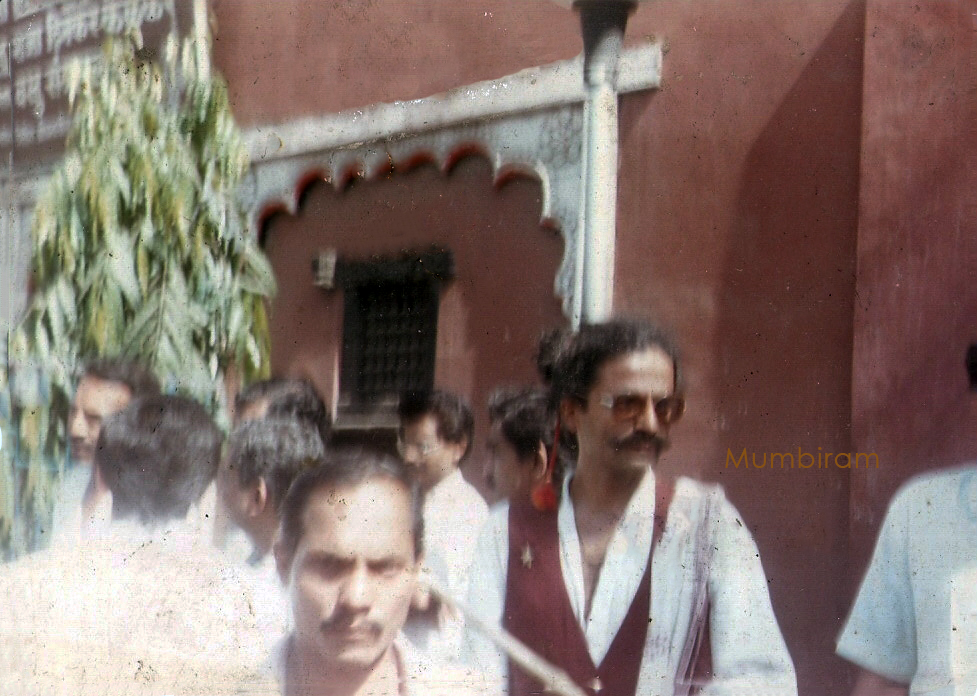
Apart from these exceptions, all other objects in Dr. Kelkar´s Museum were just objects. They failed to move Mumbiram. The personalities of the Artists/Craftsmen who created those items remained forever in darkness. The art collector hogged all the glory.
The Art Collector was already a financially successful and respected entity. The artist had a long way to go yet he had the more exciting life that was full of rasa. It was inevitable that the Rasa-artist would go after people and personalities.
Dr. Kelkar passed away at the ripe age of 94 in 1990. Mumbiram came to the Kelkar Museum with a few gift items that were in the spirit of folk arts and crafts. His Burud (bamboo craftsmen) neighbor couple Sharda-Janardan had made some tiny bamboo baskets. Mumbiram had a collection of these. Mumbiram used to give these as souvenirs to his admirers from far corners of the world. Mumbiram chose one of these for Dr.Kelkar. He also had a collection of hand-carved wooden combs from Karnataka that he had acquired from his muses from Kudchi and Chikodi near Saundatti of Renuka Mata. Mumbiram chose one of these along with some toys made of woven palm leaves. These were Mumbiram´s parting gifts for his old friend.
